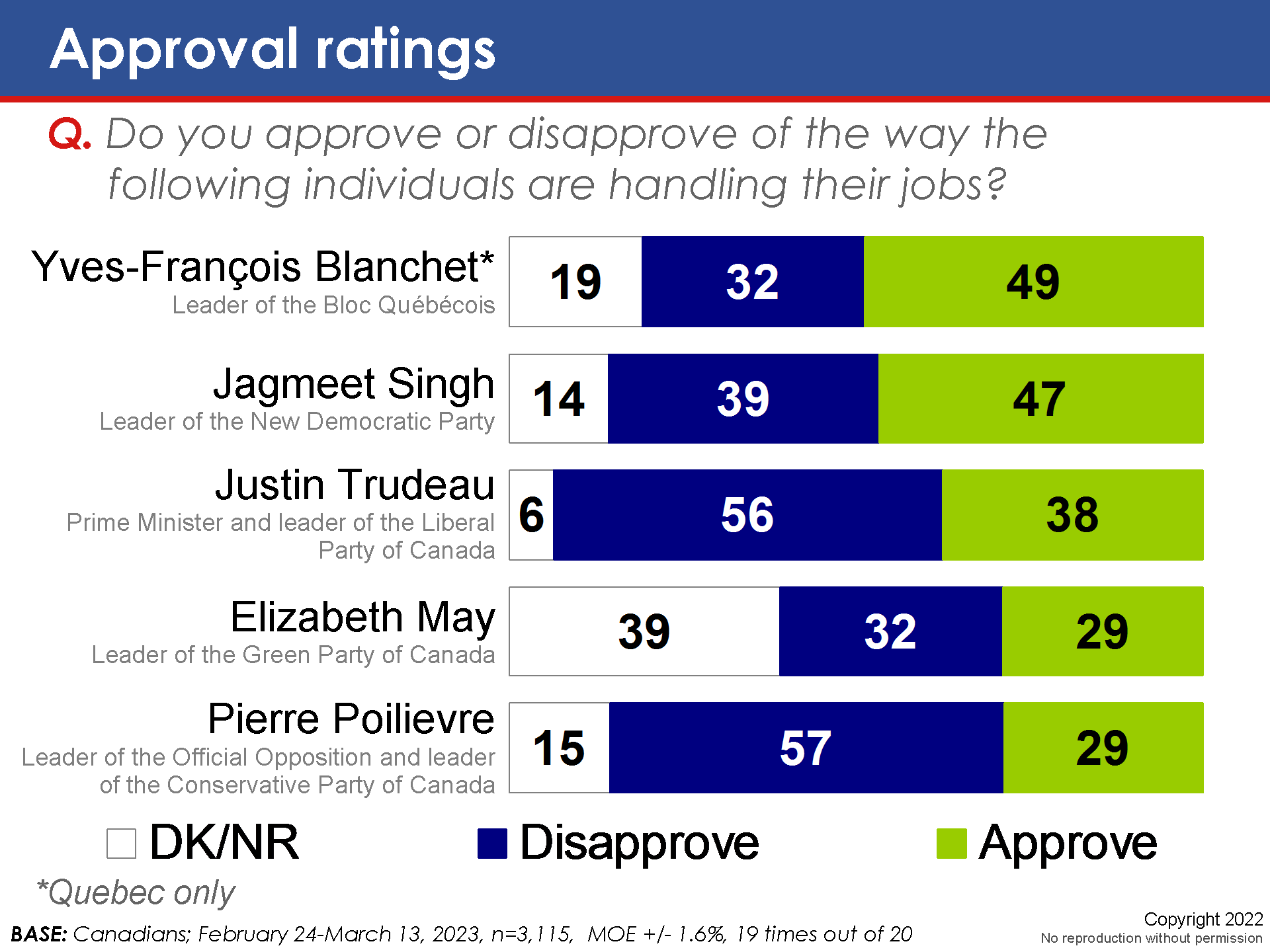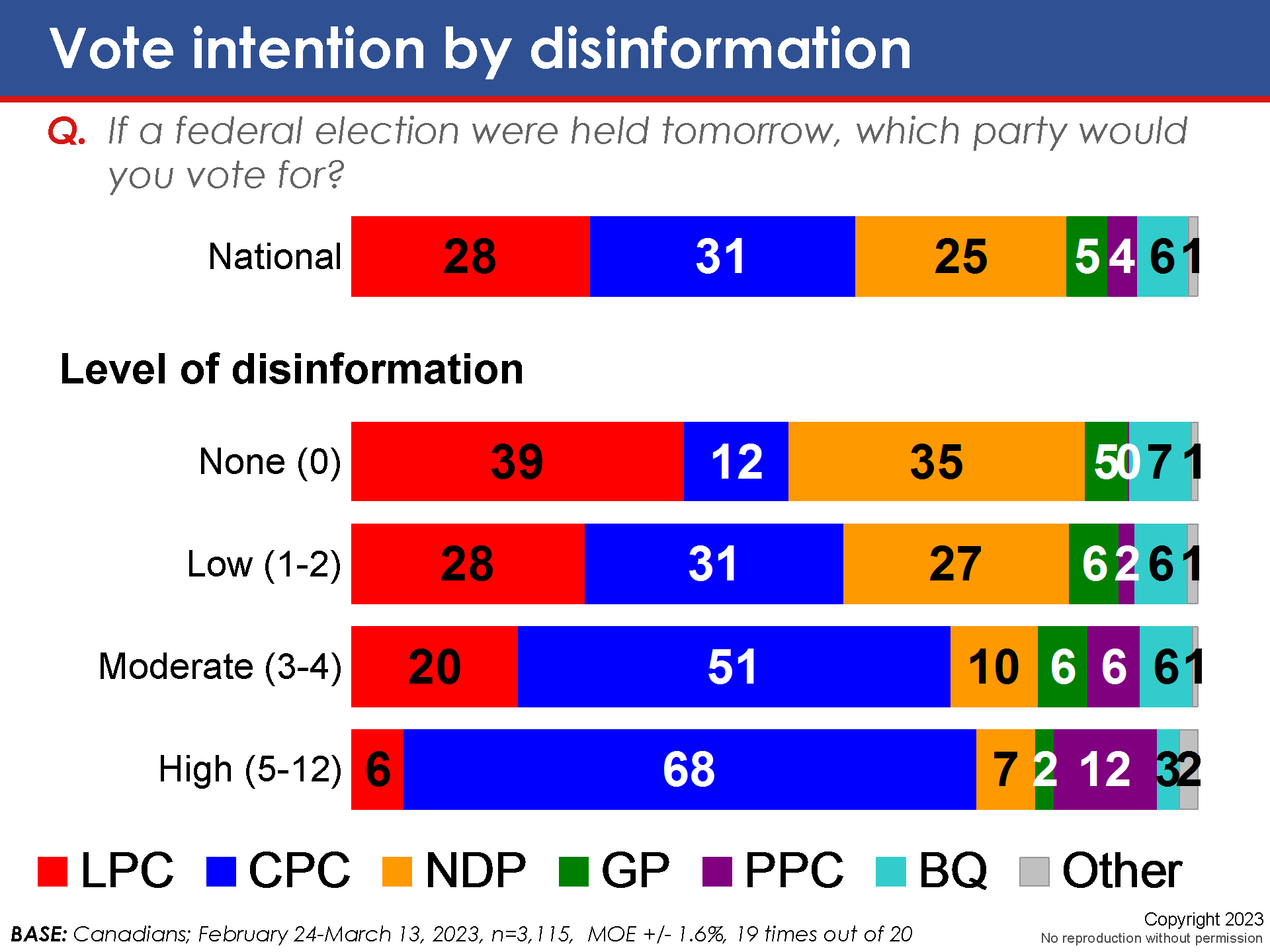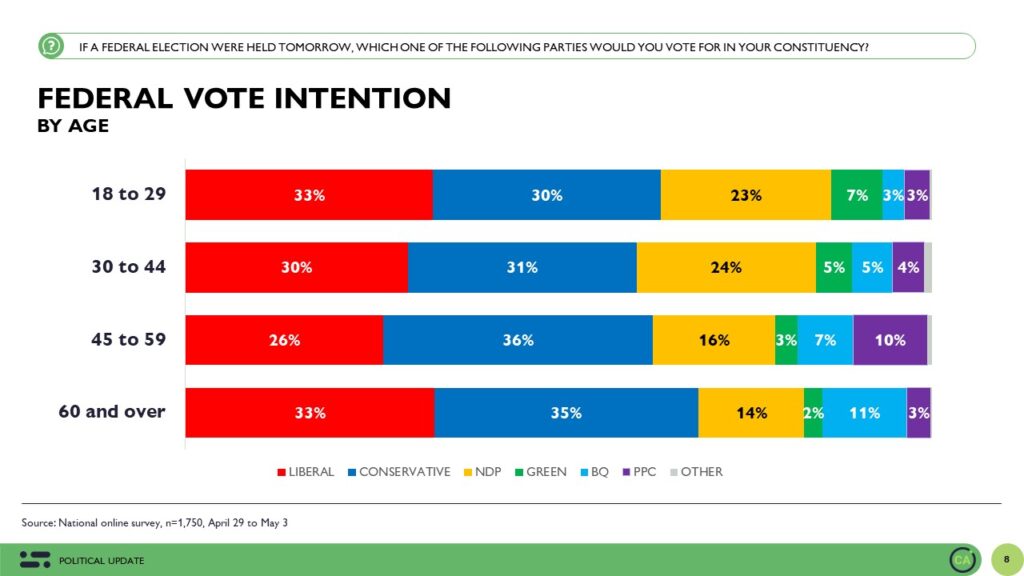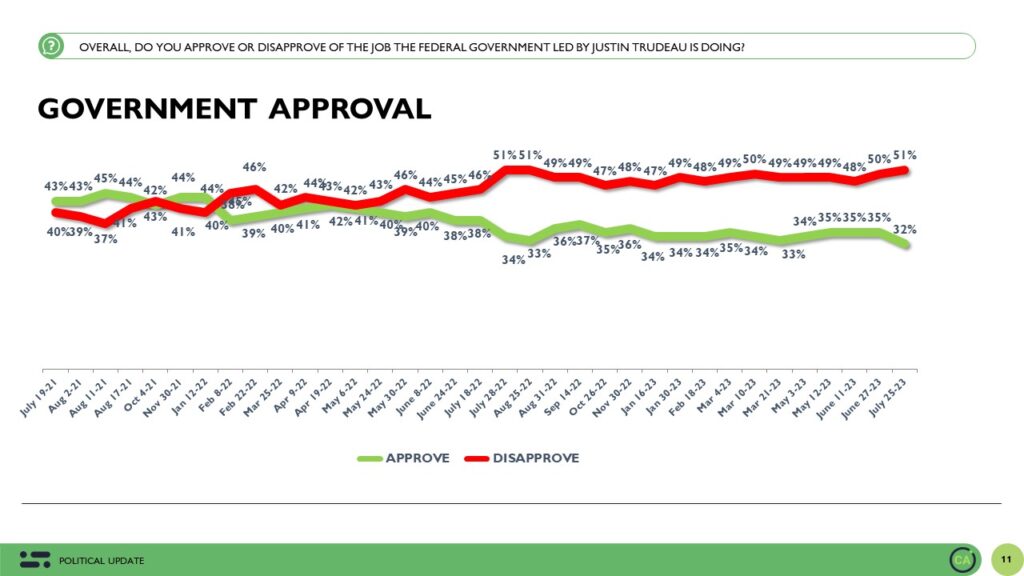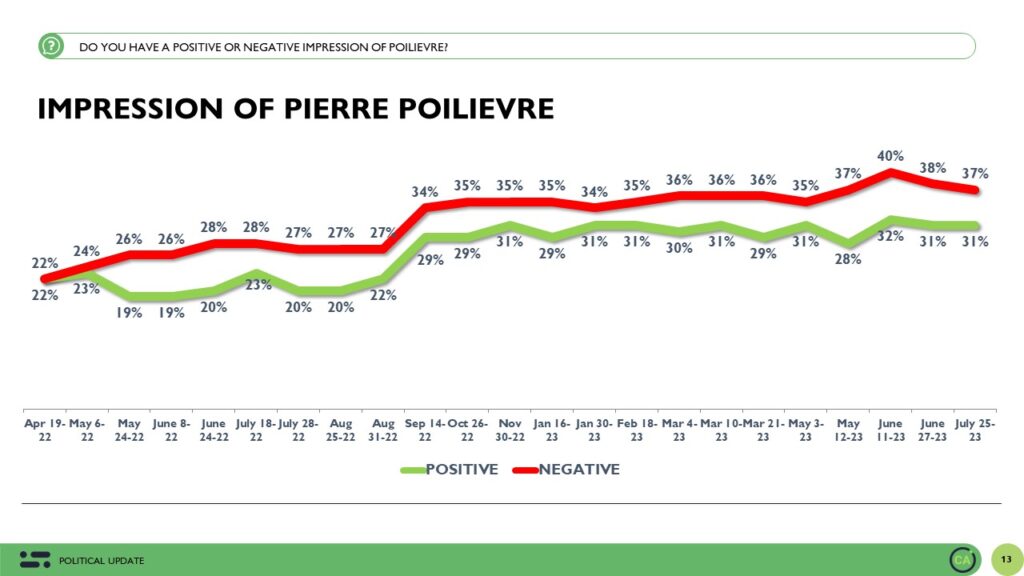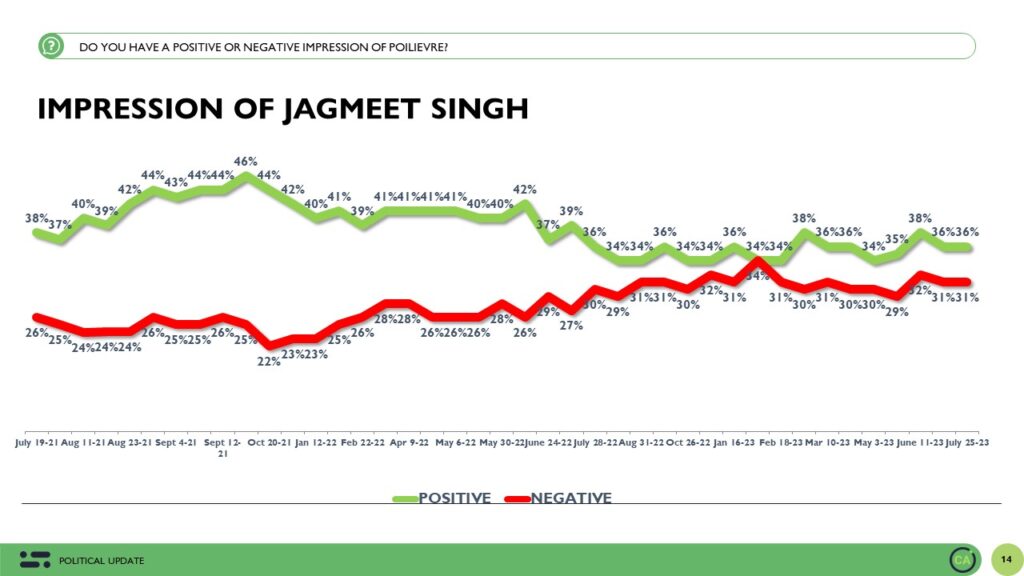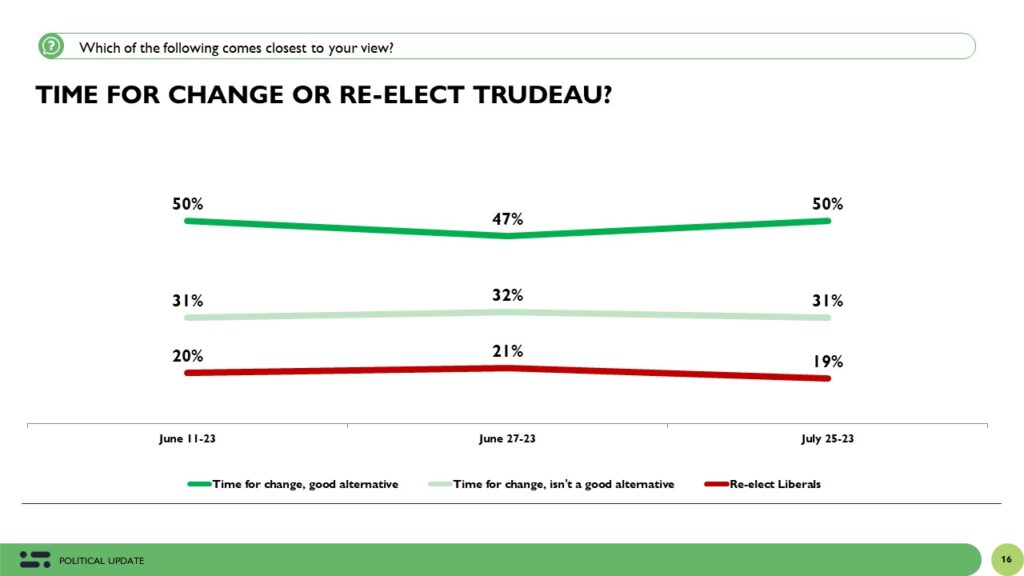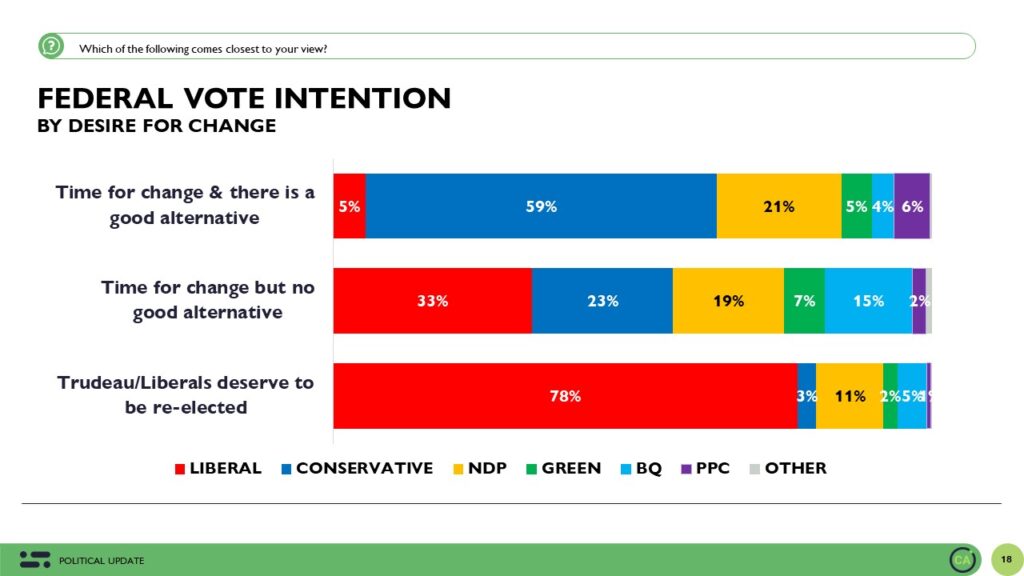Unfortunately, there is very good chance that level of denial will continue through the next election, thereby allowing the Liberals or Conservatives to win and carry on with Canada's fossil fuel addiction.
Unless we find a way to simplify the argument you are probably right.






















